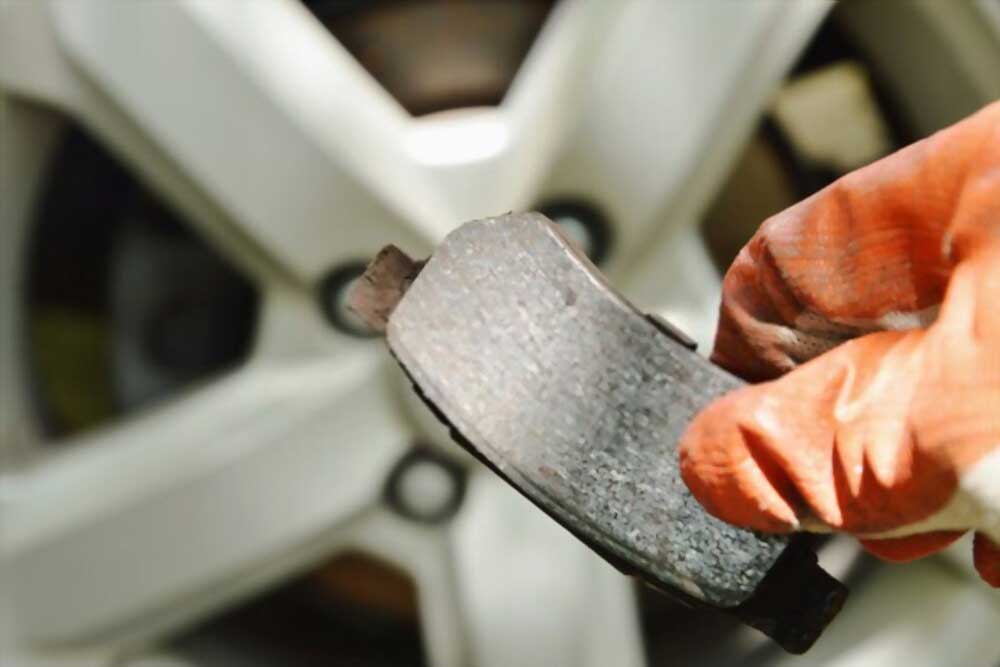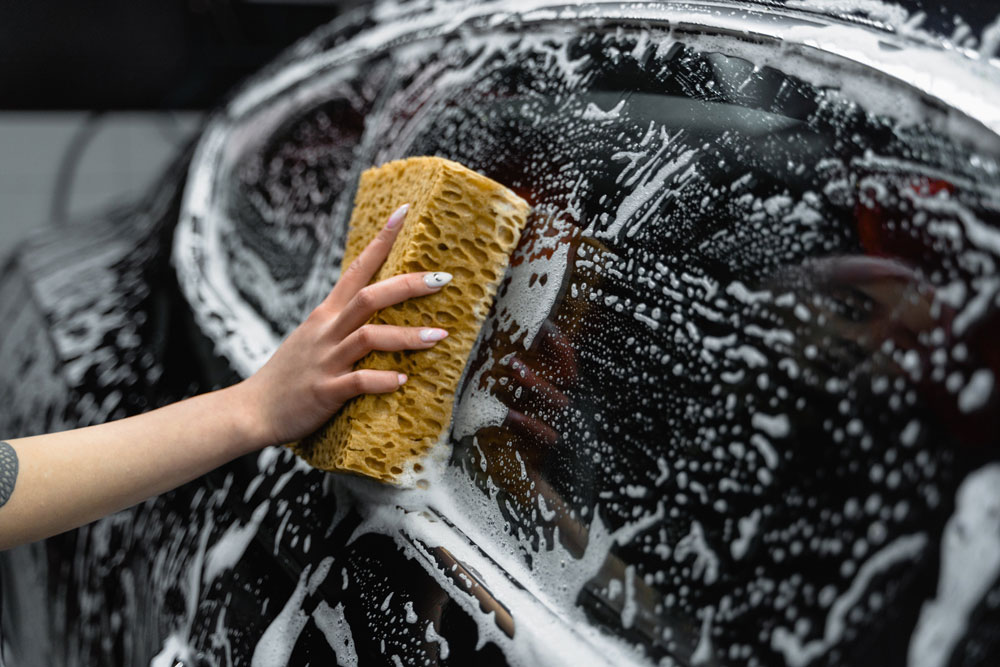Many cars develop problems as they age and certain wear and tear is to be expected. For example, the fact that brake pads will wear gradually over a period of time is one of the realities of frequent driving. Mechanics and DIYers can repair or replace brake pads but need to exercise caution and be aware of a potential asbestos exposure hazard.
“While OEMs have phased out asbestos and many new brake pads are asbestos-free, there’s a serious risk that some brake pads could still contain asbestos,” says Gregory A. Cade, principal attorney at Environmental Litigation Group, a law firm that handles toxic exposure cases. “Due to its heat resistance, asbestos has not been completely eliminated from the automotive industry and it could still pose a lethal hazard for mechanics.”
Long-Term Effects of Asbestos Exposure From Brake Pads
Raybestos is one of the brake manufacturers that commonly used asbestos in its brand brakes and brake linings for decades. The company’s brakes were used in cars and trucks. And Raybestos products are still well known in the automotive industry. Although its products are still sold, the brand comes with a history of negligence and harm to workers’ health.
The workers who made Raybestos brake pads and brake linings were at risk of exposure and resulting illness. The exposure was caused by handling, shaping, and grinding down asbestos to make the parts.
Mechanics, amateur car enthusiasts or anyone else who used Raybestos parts were at risk. As a professional mechanic changing brakes all day, mesothelioma was your biggest risk. To keep friable dust to a minimum, most shops douse the pad assembly in a basic degreaser liquid. So, the brake pads were phased out for health-related reasons.
Current Risks of Exposure to Asbestos in Brakes
Even today, individuals may inadvertently be exposed to cancer-causing asbestos through inhaling or ingesting brake dust. The Occupational Safety and Health Administration (OSHA) says that exposure to asbestos could cause mesothelioma, lung cancer and asbestosis. Symptoms of diseases caused by asbestos exposure may appear only after years or even decades from contact with asbestos fibers.
Asbestos brakes are the reason why shops have signs directing anyone who observes anyone blowing out brake surfaces, wheel wells, and rims with air pressure to report it. This is one of the most common ways people get exposed to asbestos: through dust from brakes formed by the grinding of the brake rotor by the brake pads.
Many drivers try to clean away the gray-black brake dust as, over time, it can eat into the aluminum alloy surface of the wheel and corrode the clear coat on the car. But when cleaning the dust, they potentially expose themselves to dangerous materials because brake dust can contain asbestos if this component is housed in the brake pad.
Rather than doing the job on their own, they may be better off visiting professional service centers to have cleaning problems and the brakes addressed. The OSHA asbestos standard for all automotive brake and clutch repair facilities includes using negative pressure enclosure/HEPA vacuum systems and low-pressure/wet cleaning methods.
Workers, mechanics, and auto tradespeople have suffered for decades from the effects of asbestos exposure. Mesothelioma in particular is a horrific way to go: slowly losing your breath, lungs filling with fluid, and the patient being rushed off to the ER for draining, endless breathing treatments, never being able to sleep more than an hour without waking up coughing. And the treatments can be just as painful as the illness itself: going through surgeries, chemotherapy, and radiation. Not to mention the hassles of the American healthcare system: finding doctors, paying bills, and filling out too much paperwork.
While the use of asbestos was phased out, in the event that asbestos is present, it’s always best to treat brake pads and other automotive components with extra caution.











